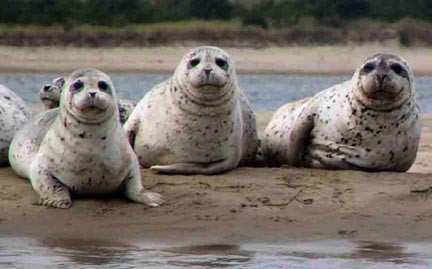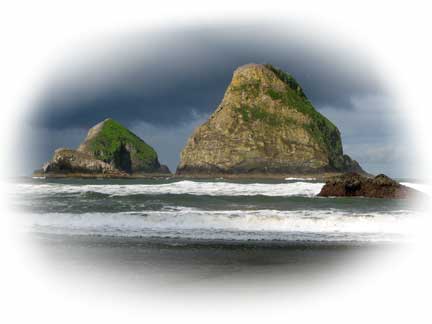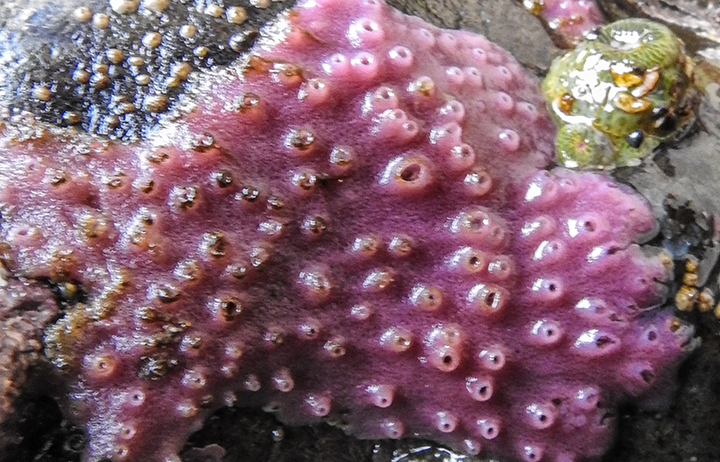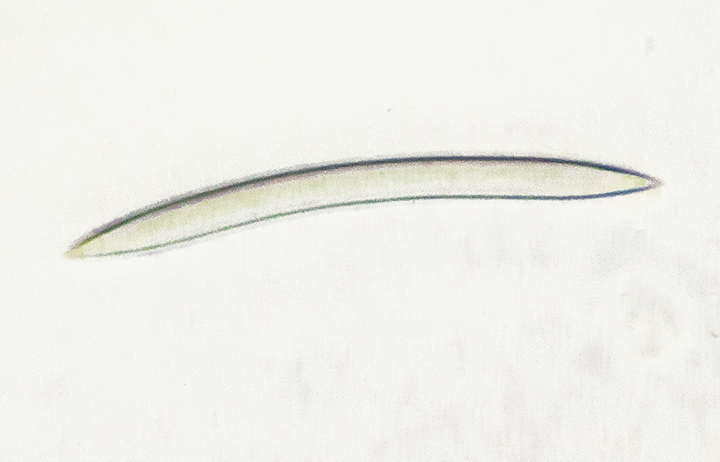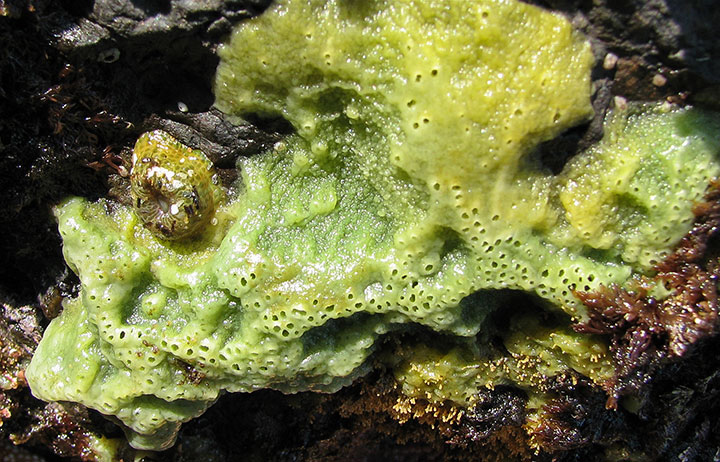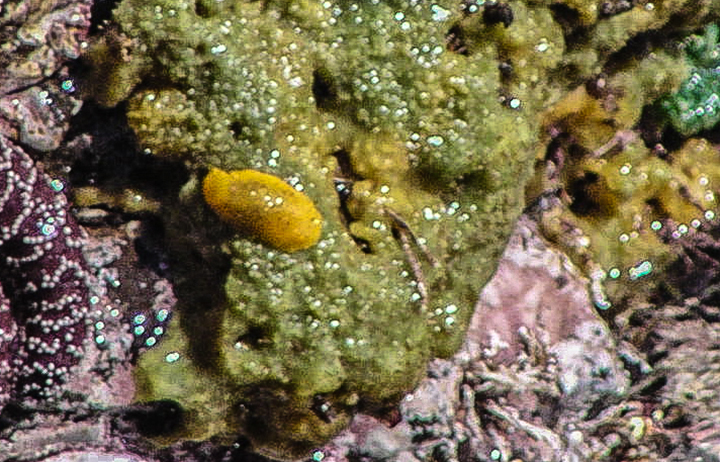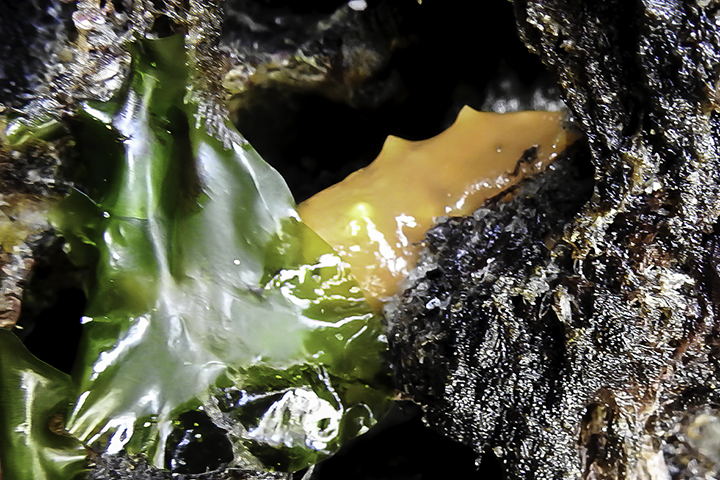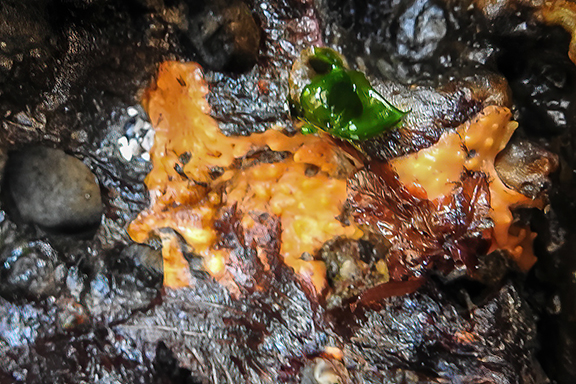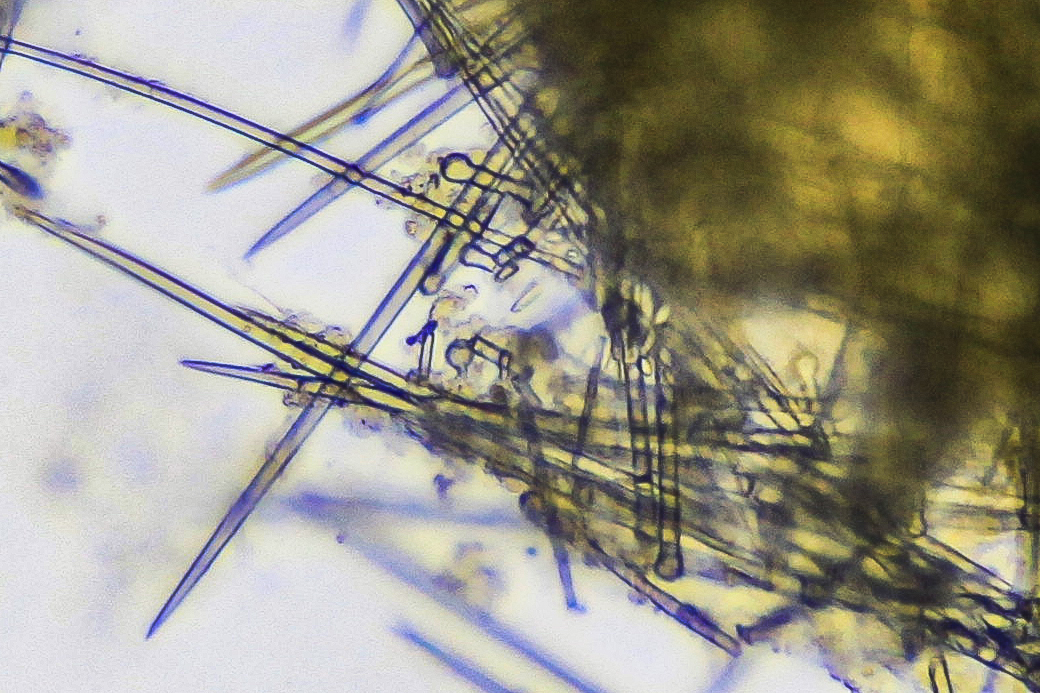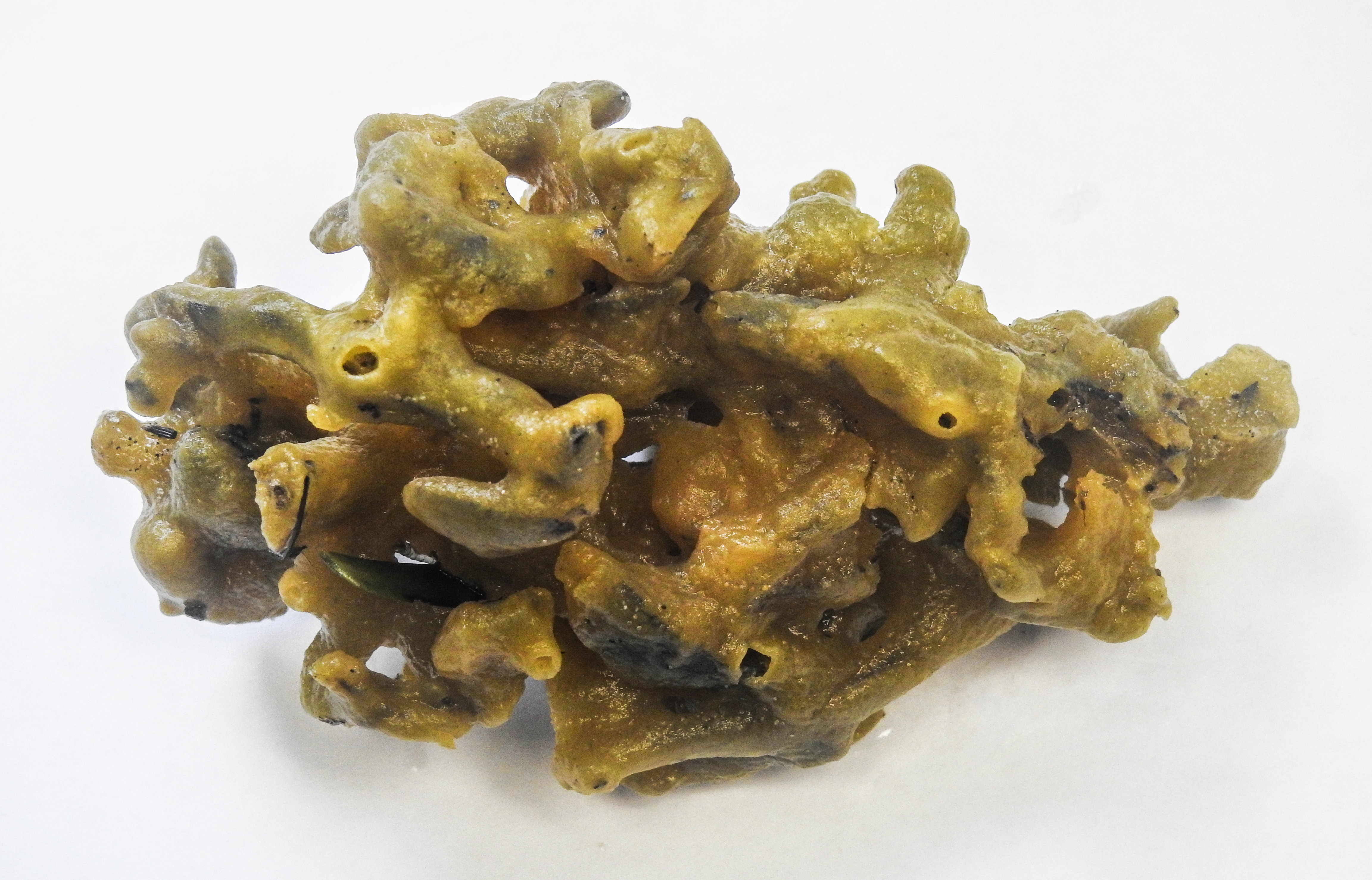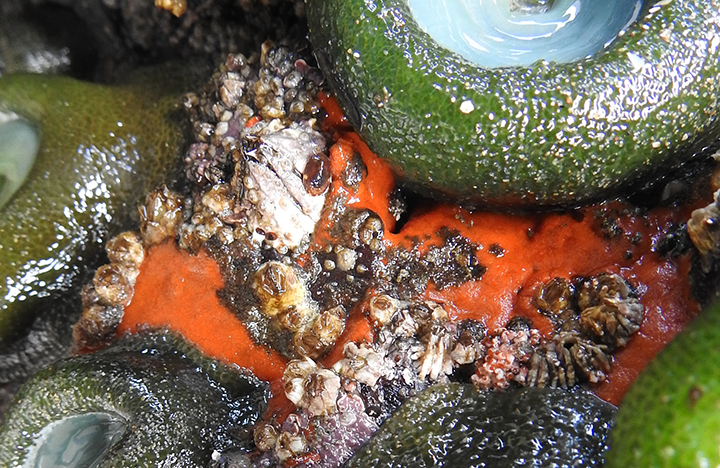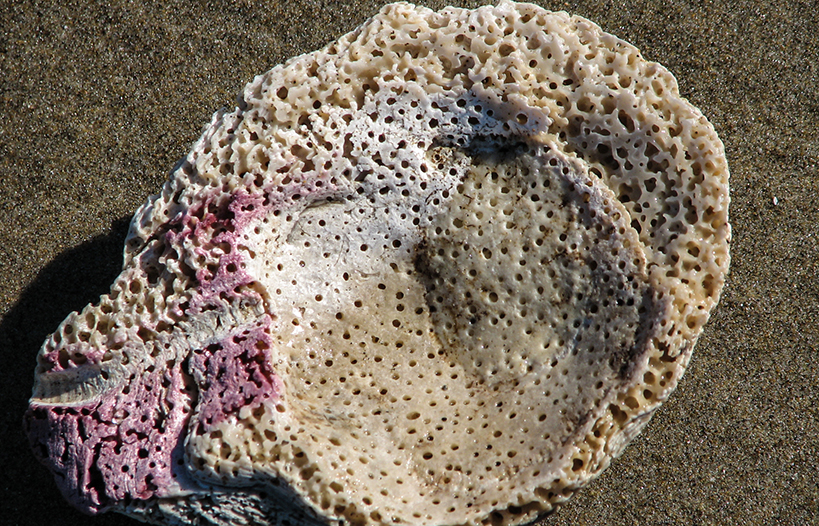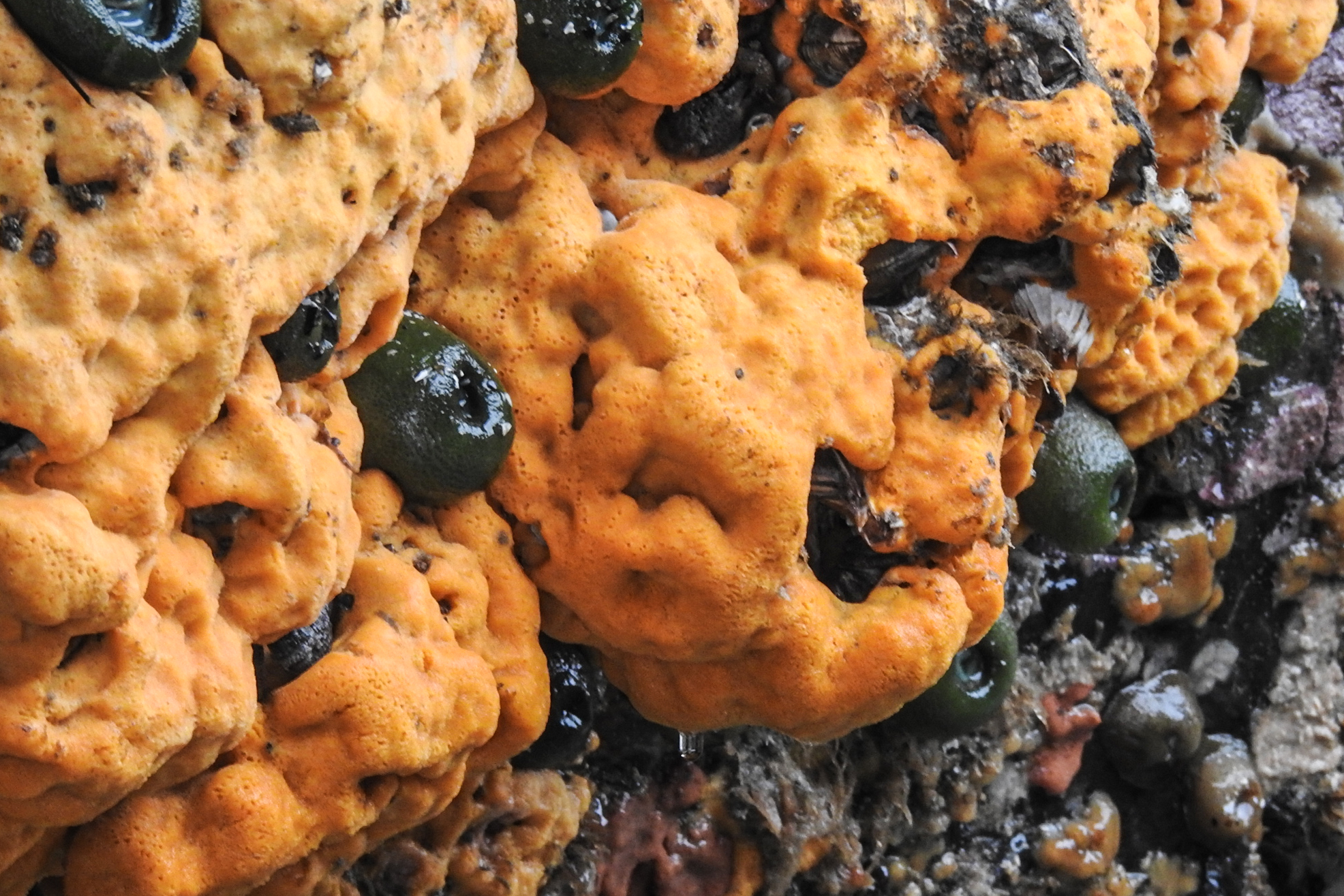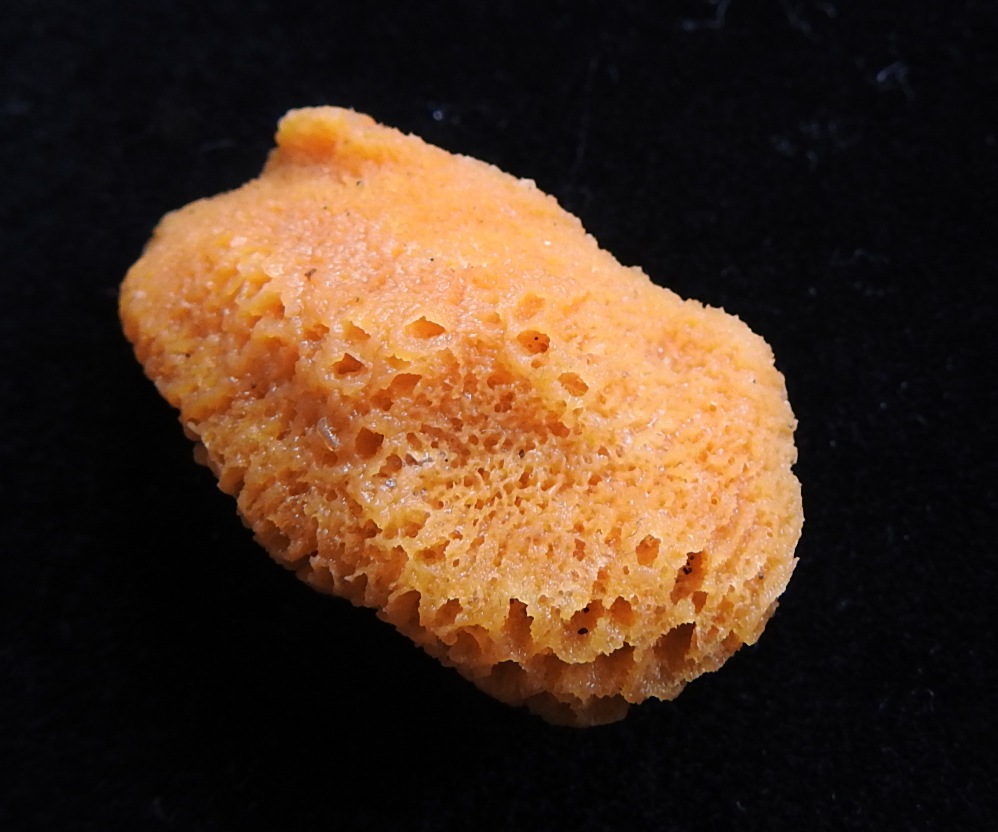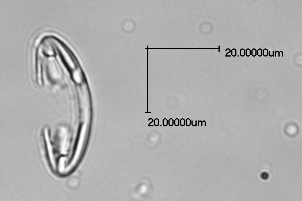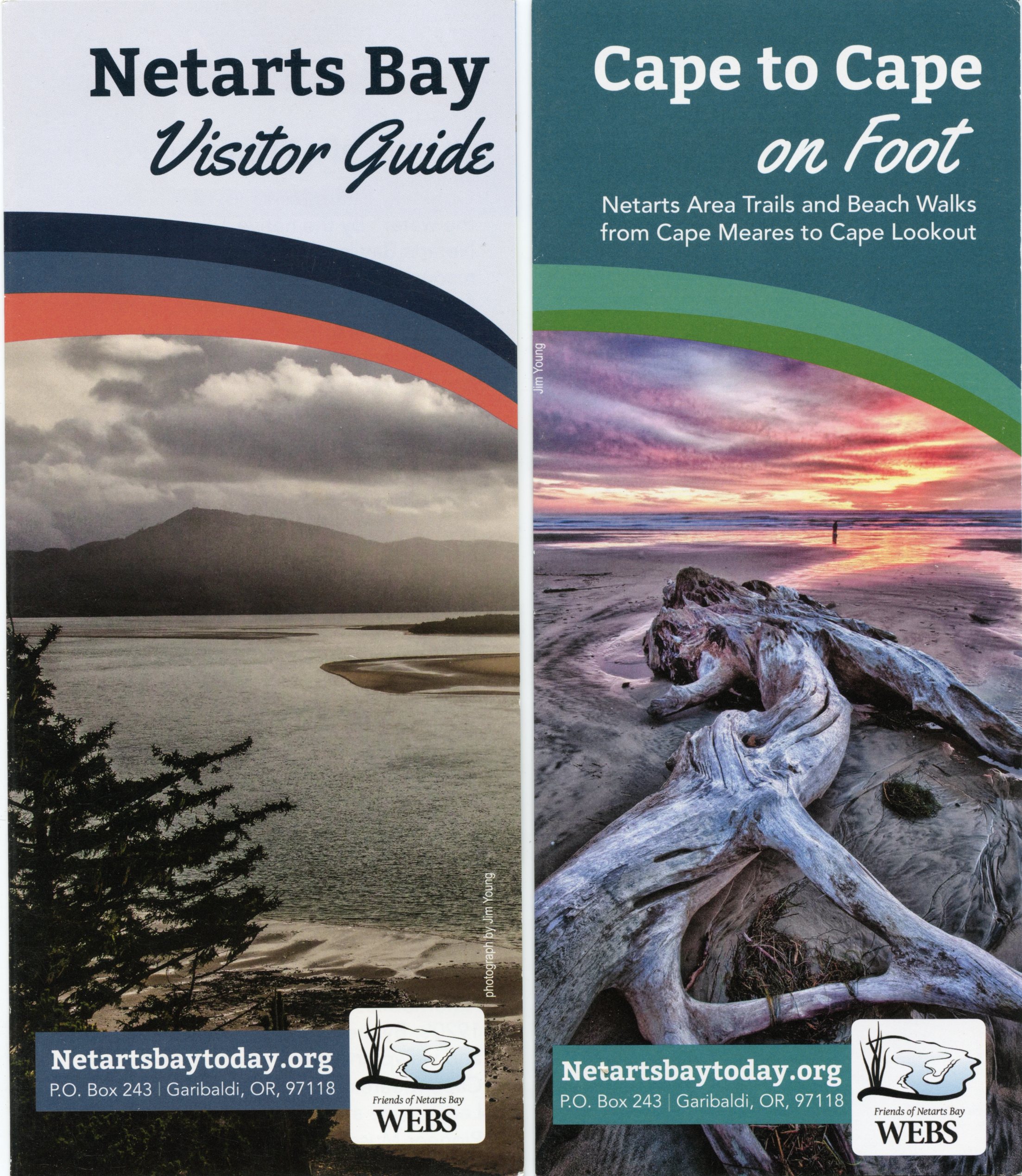Suberites sp.
Orange sponge
Range unknown
Family Suberitidae
Native (probably)
Occurring in the lower intertidal zone, this orange-colored sponge encrusts a few indentations on the rocky outcrops of tunnel beach. The identification is tentative. It appears to have few, if any, oscula. The silicate spicules, the skeletal structures in the sponge used for identification, are tylostyles, long, straight, needle-like, and sharply pointed on one end. The other end is an unadorned, round knob. This sponge is not as common as the other encrusting sponges. It may also be in the related genus Prosuberites from the same family.

